There is a folk saying “Dam swimming, Gia procession, Thay festival” to refer to the major festivals in the villages west of Thang Long citadel. Among them, Gia procession is a famous ritual of Gia village festival, held on the 10th day of the third lunar month every year.
Gia village was formerly called Co So, now it is the land of two communes Dac So and Yen So (Hoai Duc district, Hanoi). In the village there is Gia temple - a relic ranked as a national relic since 1991. According to Dai Viet Su Ky Toan Thu and local documents, Gia temple worships Ly Phuc Man - the person who helped King Ly Nam De establish the independent Van Xuan state.

The Procession is a famous ceremony, attended by hundreds of people.
In recent years, a big festival is held every 5 years (held in even years). This year's Gia Festival takes place over 3 days, from the 10th to the 12th of the third lunar month, with traditional folk games such as human chess, wrestling... and the highlight of the festival is the unique Gia procession.
According to custom, after the opening of the festival, the villagers hold an incense offering ceremony to present to the Saint. This ceremony is performed by the head priest and other dignitaries in the village. It begins with a flag dance and a lion dance with the participation of the village's young men.

Flag dance ceremony before the procession
In the afternoon of the same day, the Nghiem Quan ceremony took place, this is a very important and unique ceremony in the Gia village festival. In this ceremony, the entire formation of hundreds of people was arranged, dancing with flags in a spiral shape, the general holding the flag skillfully broke the siege.
While the Nghiem Quan ceremony was taking place in the outer courtyard, the palanquin procession was being prepared in the inner courtyard. After the Nghiem Quan ceremony was over, everyone moved in to join the procession.

The procession set off with the flag and lion dance teams at the head.
The number of people participating in the procession is up to 500 - 600 people, including the "old men" and "old women" wearing traditional costumes, conical hats, holding whips and young men.
Leading the procession are the flag and lion dance teams, followed by the escorts whose duty is to protect and reassure the procession so that it is orderly and solemn, followed by the sacred flags, gongs, drums, whips, flags, octet, and then the palanquins, umbrellas, and canopies... followed by lanterns, palanquins, and the elders and people of the village.

The ceremonies were conducted solemnly and respectfully.
The procession went from Quan Gia along the Day River dike to Van Chi and then to Quan Te Than. The leader of the procession was a prestigious old man in the village, holding a gong to direct the flag team, called the signal.
Every time the old man beats the gong, the flag team of about 50 young boys in dark ao dai, dark scarves, white pants, barefoot, long dresses with red belts, shout in unison: "Lai re he re". When the procession reaches the Van Chi, only the flag leader, the flag leaders, the god's attendants and the palanquin are allowed to enter the sacrificial yard, the rest must stand outside.

The octave team in the procession
After completing the rituals, the procession returned to Quan Gia by the same route with the original formation. The Gia procession ended in the joy, jubilation and excitement of all the people.
The sacred ritual ends with a jubilant festival with games demonstrating the profound wisdom and martial spirit of the nation such as human chess, traditional wrestling, etc.
Below are some pictures of the procession of the Giam during the rehearsal on the afternoon of April 5:

In 2025, an even year, Gia village held a festival with a grand ceremony.

The human flag team marched past the ancient bronze pillar

The human chess team is preparing to enter the field.

The guy who plays "General"

Girl in human chess team
The Vu
Source: https://www.congluan.vn/nguoi-dan-yen-so-hao-hung-voi-nghi-le-ruoc-gia-post341616.html



![[Photo] Looking back at the impressive moments of the Vietnamese rescue team in Myanmar](https://vstatic.vietnam.vn/vietnam/resource/IMAGE/2025/4/11/5623ca902a934e19b604c718265249d0)


![[Photo] "Beauties" participate in the parade rehearsal at Bien Hoa airport](https://vstatic.vietnam.vn/vietnam/resource/IMAGE/2025/4/11/155502af3384431e918de0e2e585d13a)



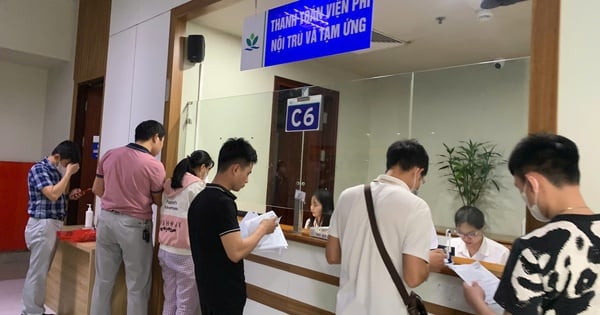
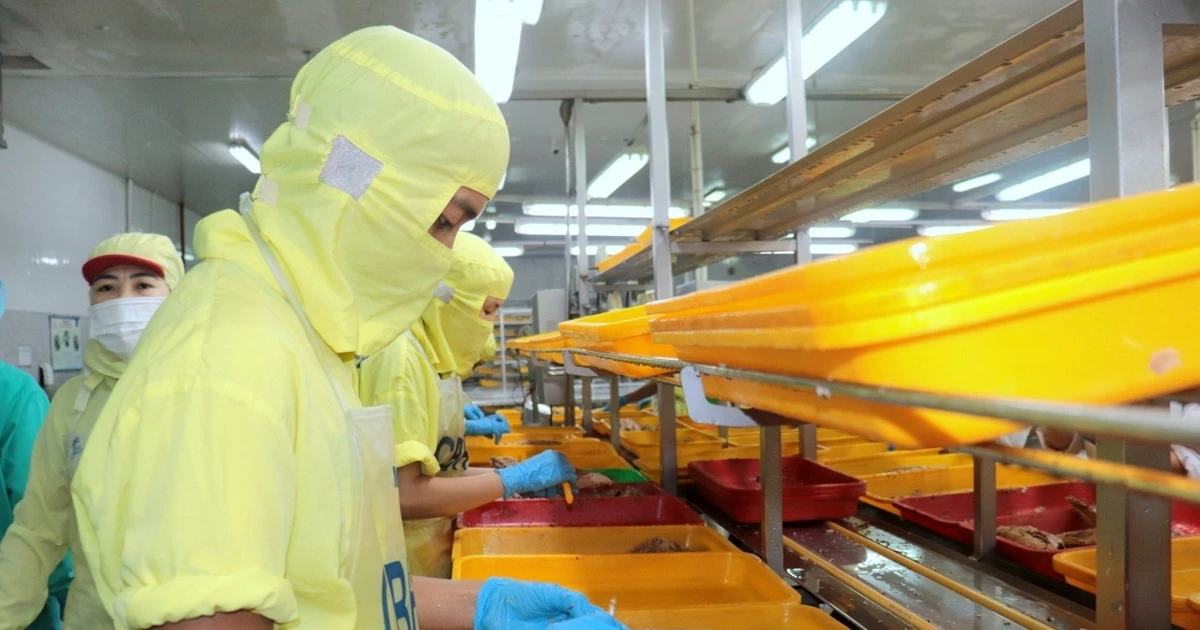

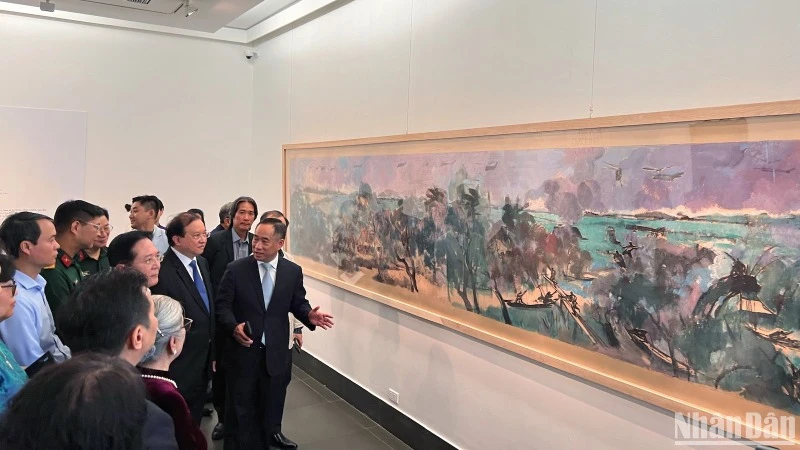




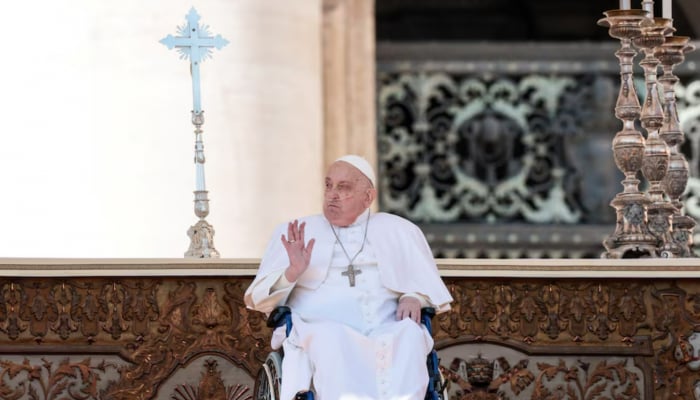
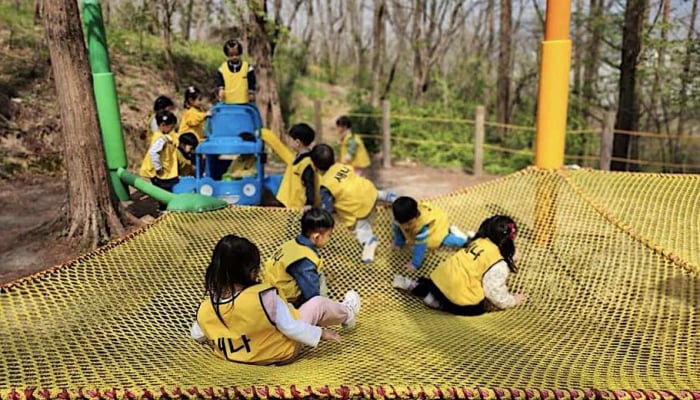
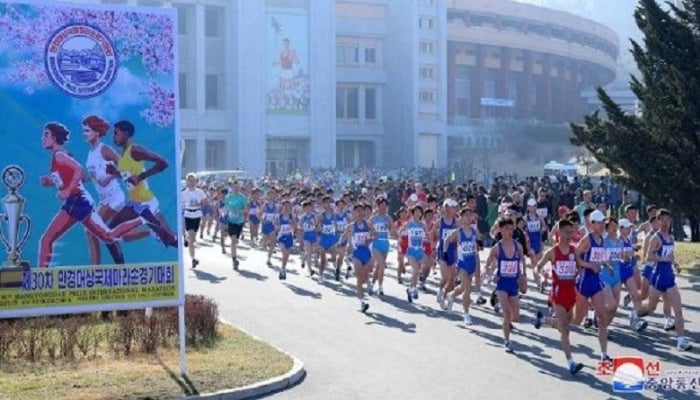
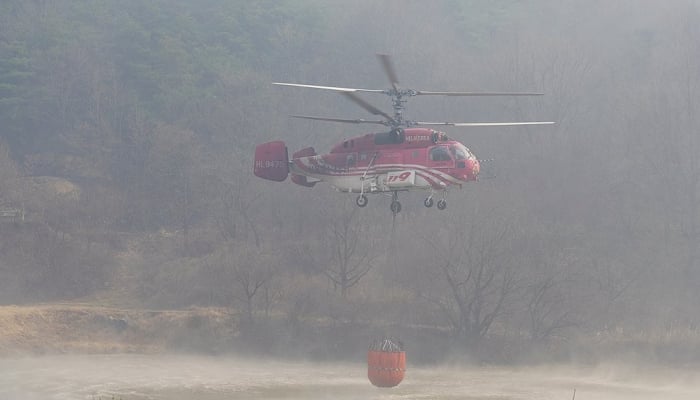
![[Photo] Summary of parade practice in preparation for the April 30th celebration](https://vstatic.vietnam.vn/vietnam/resource/IMAGE/2025/4/11/78cfee0f2cc045b387ff1a4362b5950f)











































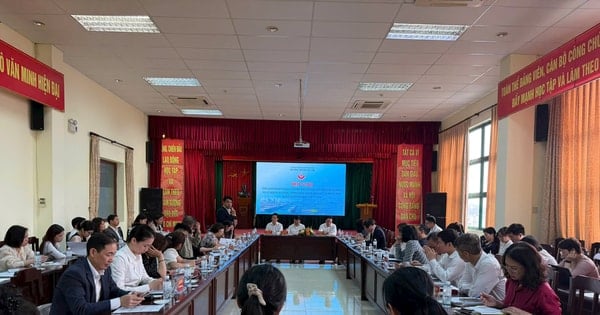




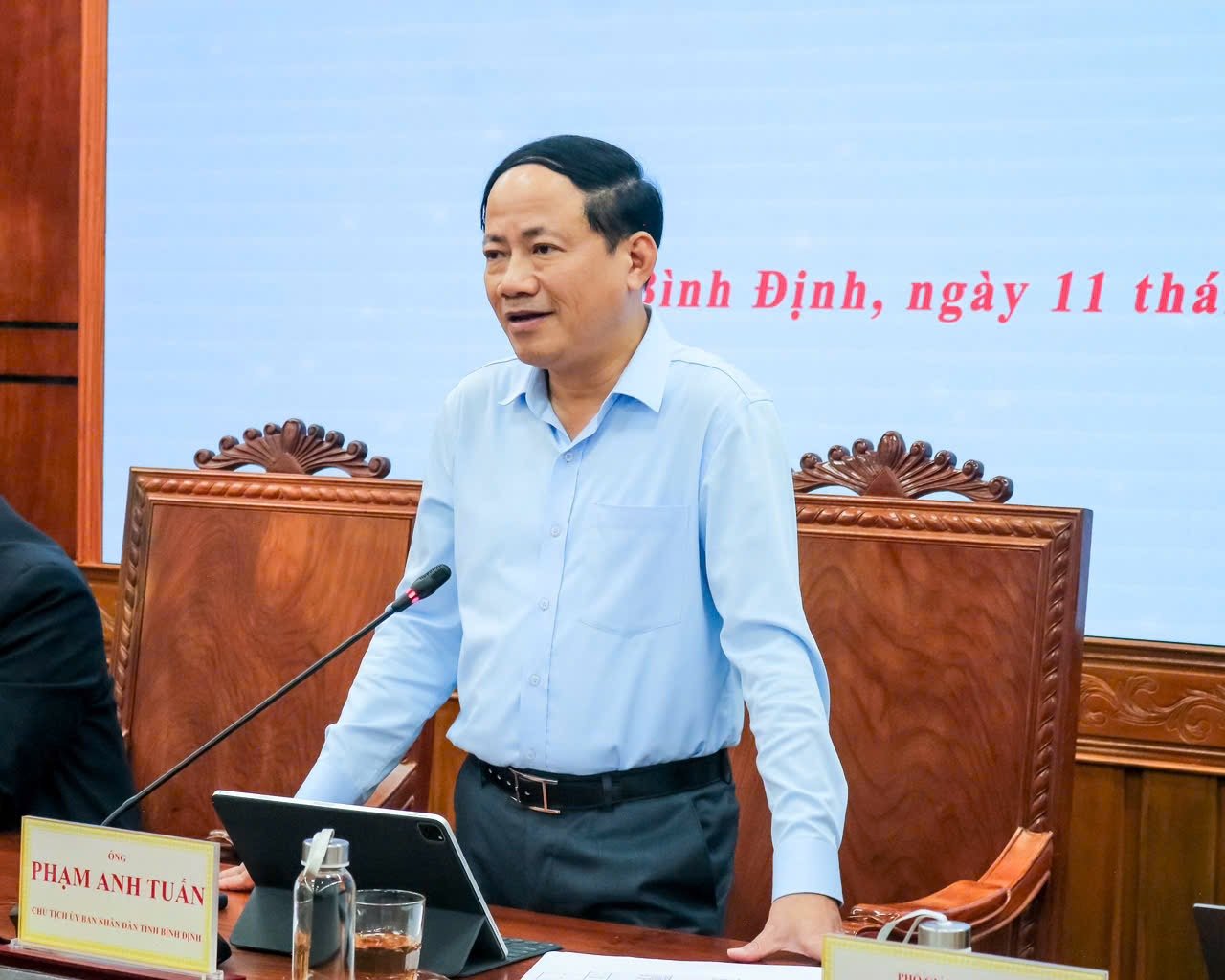
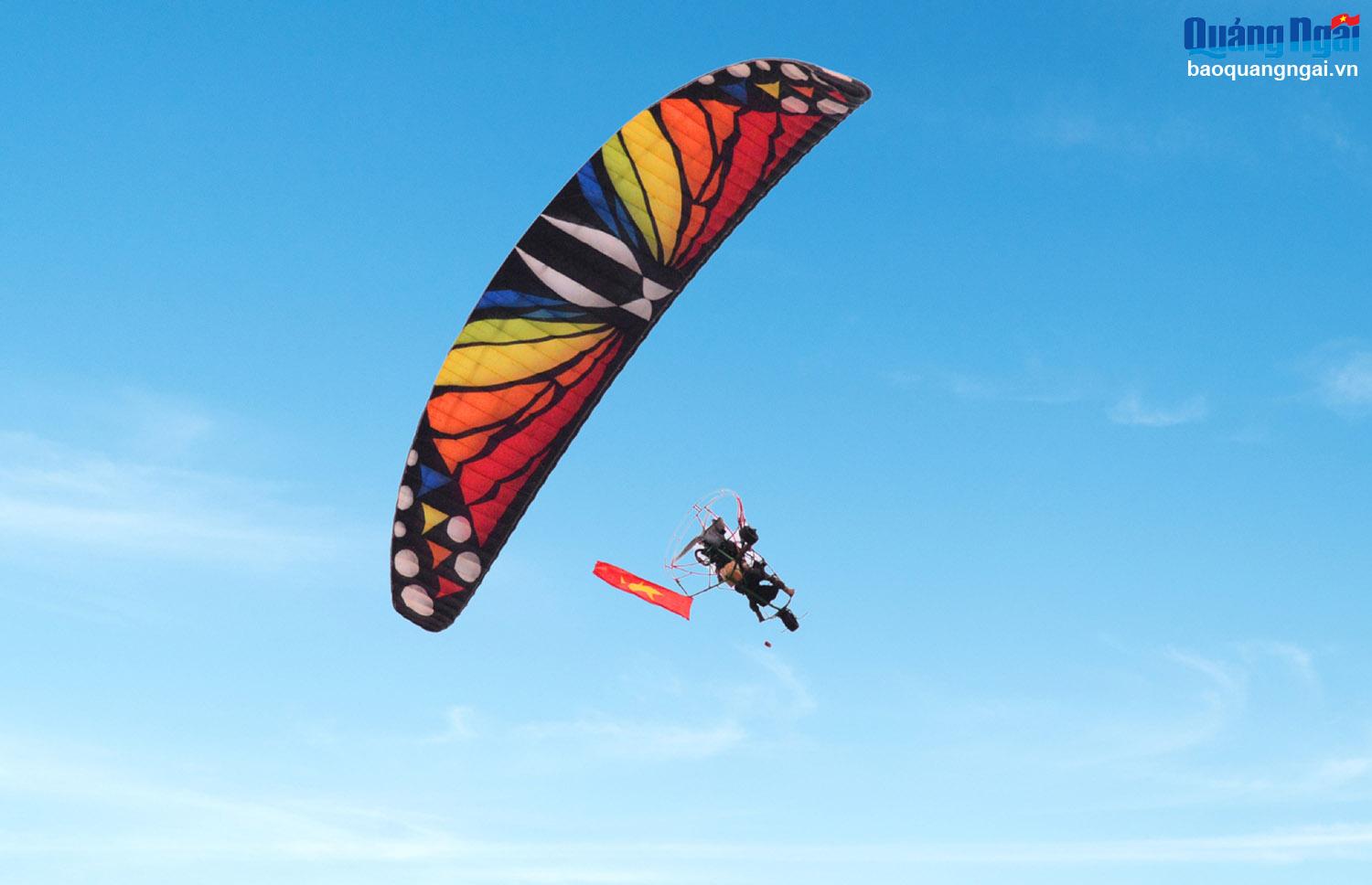

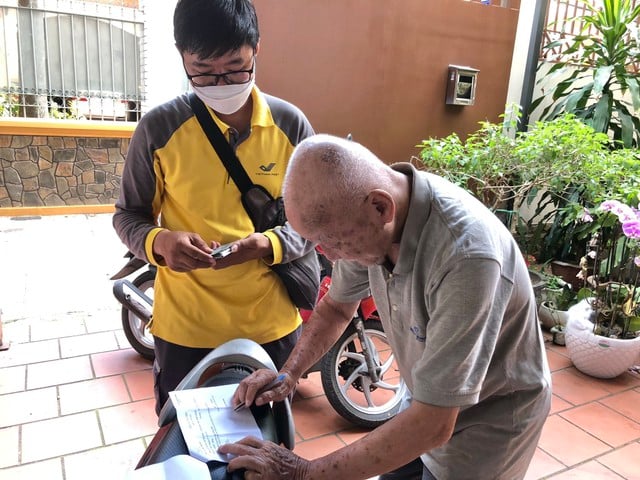









Comment (0)